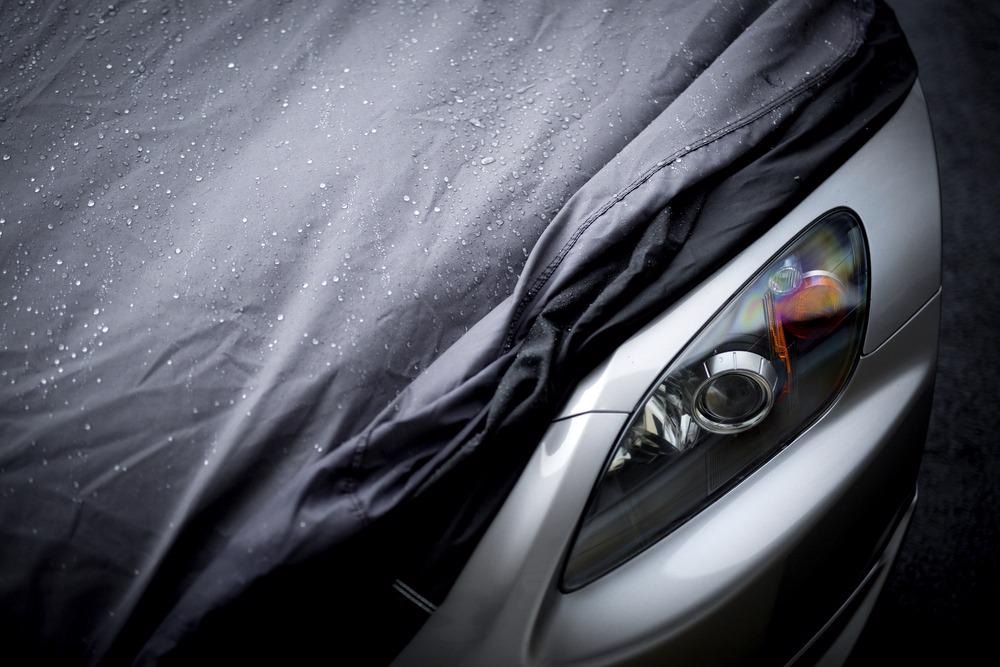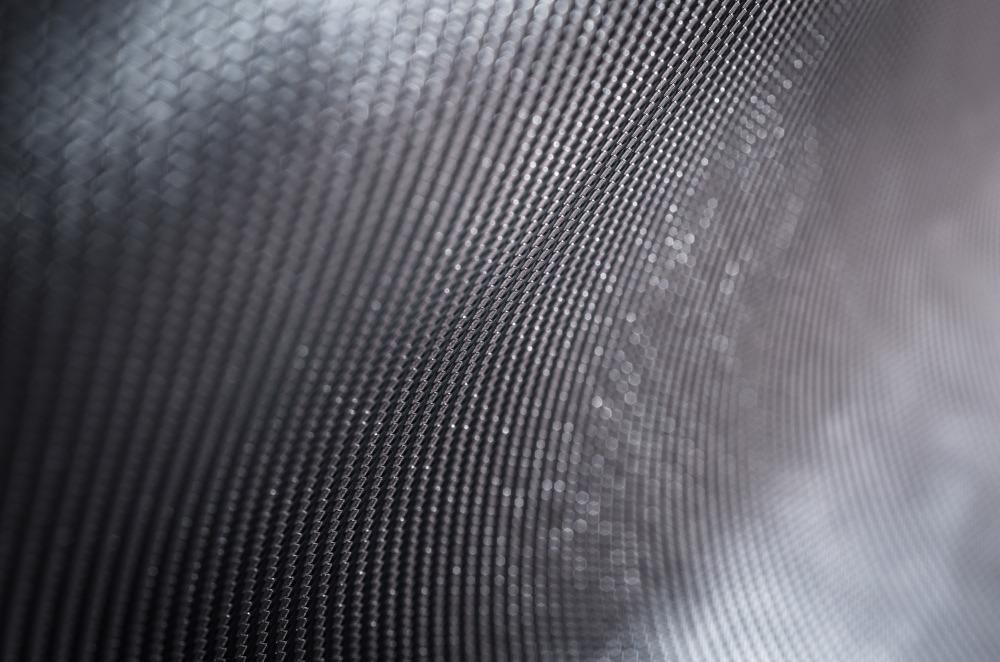Rapid advancements have been made in the field of textiles, where constituent elements of fabrics could be engineered to serve a wide range of purposes. These textiles are commonly known as metafabrics. Metafabrics could be used in personal thermal cooling, thermal insulation, and thermoregulation.

Image Credit: Robert MacMillan/Shutterstock.com
Owing to the cooling properties of metafabric textiles, researchers hope that they will not only augment personal comfort but also reduce the risk of death from extremely high temperatures.
Metafabrics are also environment friendly as they could reduce the need for air-conditioning and heating, both of which account for a substantial amount of energy consumption.
Discovery of a Smart Fabric: Metafabric
Researchers at the Huazhong University of Science and Technology, in China, have made a major breakthrough.
They have combined large cloth fibers with tiny fibers of polylactic acid, titanium oxide, and Teflon to develop a new metafabric.
This fabric is capable of radiating heat, thereby helping people stay cool in warmer temperatures.
Most importantly, it functions like regular textiles, with some improvements such as being more stretchable than cotton and more durable than spandex.
This implies that these textiles are compatible with commercially available sewing machines and, therefore, do not require any specialized equipment.
While acting as radiators, each particle has specific functions related to the management of ultraviolet and infrared light.
Ultraviolet light is reflected by Teflon and titanium oxide, while polylactic acid emits infrared light.
Through structural control, scientists have been able to modify this textile to achieve an almost perfect mid-infrared emissivity, thereby maximizing heat dissipation.
Metafabrics vs. Other Fabrics
Scientists performed a very interesting experiment where they had an individual sit in the hot sun wearing a garment made half of metafabric and half of the cotton.
At the start of the experiment, the temperature underneath the garment was 31°C.
As time went on the skin temperature under the metafabric half rose by just one degree while that under the cotton half reached as high as 37°C.
Other experiments have shown that metafabrics are most effective when they are white in color and when in contact with the skin.
The team of scientists carried out more experiments with skin simulators covered by metafabric, cotton, linen, spandex, etc.
Over a four-hour period, the skin simulator covered with metafabric was 5, 6.8, and 10.2 degrees Celsius cooler than the ones covered with cotton, spandex, and nothing, respectively.
The last case represented bare skin.
Similar experiments were also conducted in the context of cars.
Toy cars, covered with commercially available fabrics, metafabric, and nothing, were used for this analysis.
The results were quite remarkable, and scientists observed that the car covered with metafabric was 27 degrees Celsius cooler than the other covered car, and 30 degrees cooler than its uncovered counterpart.
It must be noted that metafabrics are different from SPF-protective clothing, which merely absorb UV light but do not have a cooling effect.
Metal-based or reflective dyes and chemicals are often used to coat traditional textiles to enable them to block the sun, but these coatings often wear off over time and are hence not durable.
Metafabrics, owing to their durability, could help us overcome this shortcoming of regular textiles.
Vehicles in Excessive Heat and the Role of Metafabrics
There are various adverse impacts of hot weather on vehicles, specifically related to the battery, tires, and engine oil.
Excessive heat and hot weather are some of the main reasons for shortened battery life.
The ideal internal operating temperature of a battery is around 80 degrees Fahrenheit, but on a hot day temperatures can soar to 140 degrees Fahrenheit.
The high temperature leads to the evaporation of the liquid electrolyte, which, in turn, exposes the lead plates and causes corrosion.
This prevents batteries from holding a charge and generating power to start the engine.

Image Credit: Kaikoro/Shutterstock.com
The heightened power demands from the air-conditioning system also drain the battery immensely.
As road temperatures soar, it is important to constantly monitor tire pressure.
Increased tire pressure can lead them to be overinflated, thereby deforming them and eventually leading to faster wear and tear.
In extreme heat, the engine oil thickens and loses its viscosity.
Lighter parts of the oil evaporate, and the oil generally degrades leading to greater production of sludge and resin deposits.
This leaves the engine vulnerable to corrosion and damage.
Metafabrics can help shield vehicles from extreme heat.
In an experiment, three cars were left in the sun from 11 AM to 1 PM.
The first car was protectively covered with a metafabric, the second was covered with a commercially available cover, while the last one was left uncovered.
After a couple of hours, the temperature in the first car went up to 30°C, which was substantially lower than the other cars, where temperatures soared up to 60°C (uncovered car) and 57°C (car with the standard cover).
Commercial Challenges of Metafabrics
Owing to the highly competitive nature of the textile industry, metafabrics may be confronted with some commercial challenges.
Textiles may become heavier on the addition of titanium dioxide particles.
Also, since white is the most effective color with respect to reflecting light, customers may be limited in terms of their color choices.
Having said that, mass production of metafabrics will lead to the quick production of the different products and the use of metafabrics can go well beyond clothing, into the manufacture of tents, buildings, and cold chain transportation of perishables.
Metafabrics in Climate Change Adaptation
Climate change is a major cause for concern and the United Nations Intergovernmental Panel on Climate Change has predicted more frequent heat waves and higher global temperatures.
Metafabrics, owing to their cooling properties, could play a crucial role in climate change adaptation and may someday serve as personal heat management devices.
This will reduce the need for air-conditioners and, thereby, aid in the reduction of electricity consumption.
It is however important to keep the costs down if this objective were to be attained.
Scientists are optimistic that they will be able to make this technology available to all individuals, and not just the wealthy.
More research is needed to fine-tune many aspects, but the initial results are indeed very promising.
References and Further Reading
Zeng, S. et al (2021) Hierarchical-morphology metafabric for scalable passive daytime radiative cooling. Science. 373 (6555), pp. 692-696. DOI: 10.1126/science.abi5484
Pope, N. (2020) Common car issues due to excessive heat. [Online] Available at: https://www.repairsmith.com/i/blog/common-car-issues-due-to-excessive-heat/
McDonagh. S. (2021) A ‘smart fabric’ is the newest scientific discovery to keep us cool in the heat. [Online] Available at: https://www.euronews.com/green/2021/07/14/a-smart-fabric-is-the-newest-scientific-discovery-to-keep-us-cool-in-the-heat
Jafar-Zanjani, S. et al. (2017) Metafabrics for Thermoregulation and Energy-Harvesting Applications. ACS Photonics. 4. https://pubs.acs.org/doi/abs/10.1021/acsphotonics.6b01005
Disclaimer: The views expressed here are those of the author expressed in their private capacity and do not necessarily represent the views of AZoM.com Limited T/A AZoNetwork the owner and operator of this website. This disclaimer forms part of the Terms and conditions of use of this website.